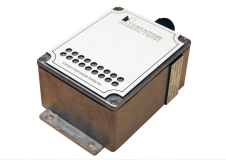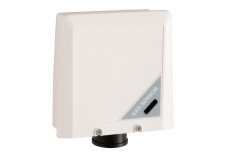Carbon Monoxide Detection
Carbon monoxide or CO is a poisonous gas that has no smell or taste. Breathing it in can make you unwell, and it can kill if you are exposed to high levels. Carbon monoxide is produced when any material burns incompletely. Materials like coal or charcoal used for heating produce high levels of carbon monoxide when burnt in fireplaces.
Gas heaters and motor vehicles also produce carbon monoxide. Incorrectly installed, poorly maintained or poorly ventilated household appliances, such as cookers, heaters and central heating boilers, are the most common causes of accidental exposure to carbon monoxide. Every year there are many deaths from accidental carbon monoxide poisoning in Australia and around the world.
Effects and Precautions
The symptoms of carbon monoxide poisoning are not always obvious, particularly during low-level exposure. A headache is the most common symptom of mild carbon monoxide poisoning. Other symptoms include dizziness, feeling and being sick, tiredness and confusion, stomach pain, shortness of breath and difficulty breathing. Carbon monoxide enters your bloodstream and mixes with haemoglobin (the part of red blood cells that carry oxygen around your body) to form carboxyhaemoglobin. As a result, the blood is no longer able to carry oxygen and causes the body's cells and tissue to fail and die.
Detection Options
In view of above, real-time gas monitors are necessary to allow continuous protection from exposure to carbon monoxide. Noventis offers multiple solutions such as the Microsense Carpark for carbon monoxide detection in underground carparks or the GDS XDIwin-F1 Hazardous Area Gas Detector for automotive testing stations. For more solutions, browse our range of fixed gas detection meters listed below.
Gas Specifications
- Gas Name: Carbon Monoxide
- Formula: CO
- CAS No.: 630-08-0
- TWA: 30 ppm
- LEL: Not Explosive
- Density relative to air: 0.97



